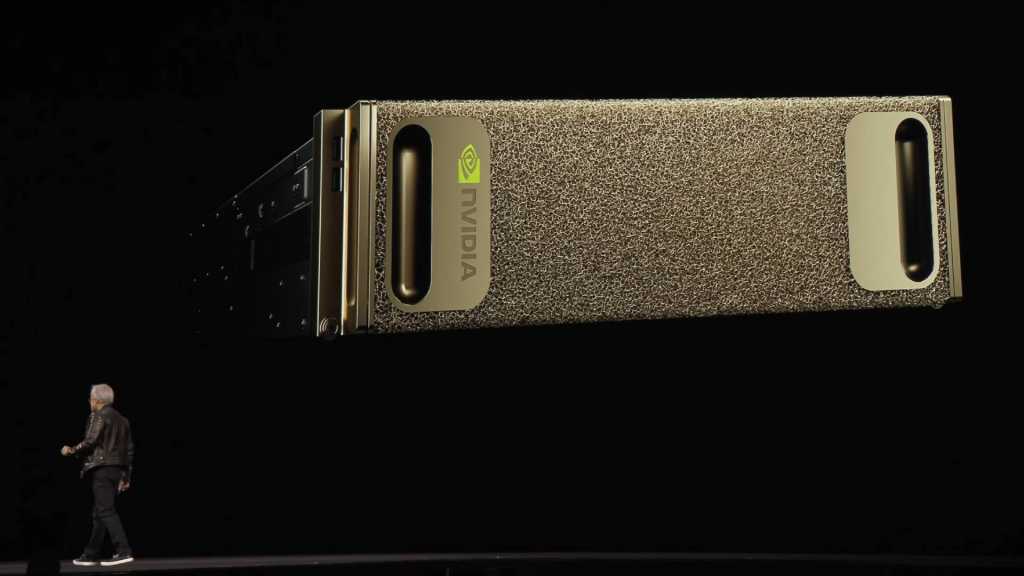Nvidia’s recent focus raises eyebrows, especially considering its legacy in graphics cards. With the company regarded as the most valuable on the planet, one would assume its primary business remains centered around hardware for gamers. However, recent developments indicate a shift towards artificial intelligence solutions.
Launch of AI-Focused Nvidia Desktops
During the latest GPU Technology Conference, Nvidia’s CEO Jensen Huang highlighted the company’s newest offerings, namely desktop computers tailored for the AI sector. These launches come after several rocky months for graphics card releases, which have frustrated many gamers. The event, now rebranded as an “AI conference,” heavily emphasized Nvidia’s dedication to AI computing.
Nvidia introduced the DGX Spark mini-PC and the DGX Station desktop, powered by its new Grace Blackwell AI-focused GPUs. Previously, such technology was confined to data center hardware, but it is now being marketed for direct sale to individuals and the AI industry. While specific details on the larger DGX Station remain undisclosed, the DGX Spark will feature a custom Arm CPU combined with the Blackwell GPU.
These devices, equipped with up to 128GB of RAM and 4TB of storage, are unlikely to appeal to traditional desktop users, especially at a steep pre-order price of $3000. Nvidia targets researchers, data scientists, and robotics developers, alongside individual AI enthusiasts, for these new offerings. The company plans to collaborate with manufacturers such as Asus, Dell, and HP to bring these products to market later this year.
A Shift Away from Graphics Cards?
While branching into AI is a legitimate business strategy, Nvidia’s actions may feel like a betrayal to its gaming community. As retailers and partners continue to struggle with the scarce availability of new GeForce graphics cards due to high demand and scalping, Nvidia seems preoccupied with developing new AI-centric products. This shift suggests that Nvidia is prioritizing resources to meet the needs of the AI industry over gaming hardware.
The company has a history of diversifying its offerings. Nvidia currently powers devices beyond just PCs, including applications in connected vehicles and medical equipment. Nonetheless, as a dedicated PC gamer, the feeling of neglect is palpable—especially as supplies of the latest RTX 50-series graphics cards dwindle while the company focuses on producing industrial-grade chips for clients with greater financial resources.
Chance for Competitors in the Gaming Space
This pivot opens the door for competitors like AMD and Intel. AMD, while largely engaged in the AI sector, has the potential to capture gamers who can’t afford high-end Nvidia offerings. Recent sales data indicates a recovery in market share for AMD, especially in regions like Japan and Taiwan. Meanwhile, Intel aims to capitalize on the budget segment with its latest generation of Arc graphics cards.
Nvidia’s foray into AI PCs doesn’t negate its capacity to produce gaming GPUs, but the situation is affecting PC gamers negatively. As Nvidia faces increasing competition, it may be beneficial for gamers to explore alternatives rather than waiting for the gaming GPU market to stabilize. A potential downturn in the AI sector could also prompt Nvidia to refocus on its gaming products.

